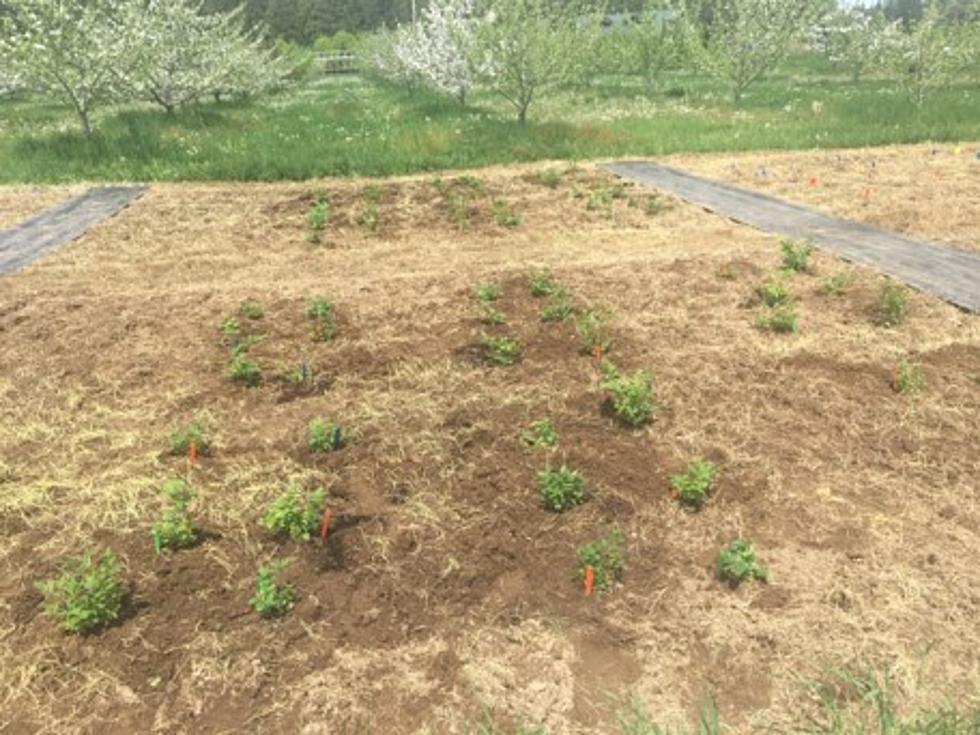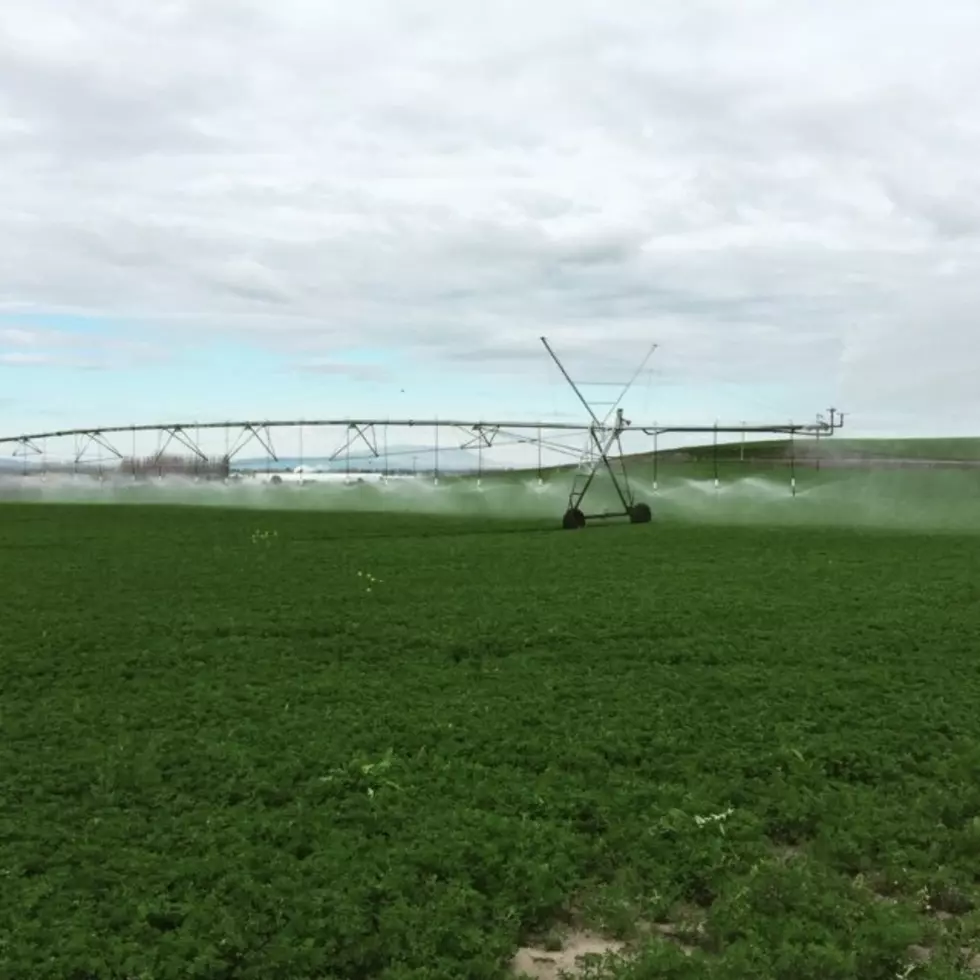
UI Researchers Find Relationship Between Cancer And Ag Chemicals
Researchers at the University of Idaho announced earlier this summer they have found a correlation between Ag chemicals and cancer cases in both adults and in children in the Gem state as well as 11 other western states. UI’s Alan Kolok said he and fellow researchers analyzed federal and state health and ag data for this data. He noted one of the most striking differences comes when looking at what’s grown in the west. He added the “eastern” states, such as Colorado, Montana, New Mexico, etc., grow primarily animal feed and grains, which results in a pesticide profile that focuses primarily herbicides. When it comes to the Pacific Northwest and California, the profile is very different.
“There is much more of an agricultural propensity to grow food/produce and to grow fruits and vegetables. And with that there is also a shift in what chemicals are predominantly being used as pesticides. And in that case, that pesticide load isn't herbicides, but rather it’s fumigants. So there is a very marked shift.”
The research indicated the most predominant fumigant, metam, was also found to be associated with cancer among adults. Kolok stressed this research is not saying that fumigants cause cancer, but that there is a relationship such that in the counties where these products are used in higher levels there tends to be a higher number of cancer cases. But he added more research is needed.
“I liken this to being in a darkened room. So, if you’re in a pitch-black room, and you have a flashlight, you can pass the light around the room, and you might hit upon a shiny object and you think ‘Oh great, there’s the doorknob. Now I can go to the shiny object, open the door and get out of the dark room.’ Well, where you’re standing, you’re standing a few steps away from the doorknob, so that shiny object may very well be a doorknob, it may also be grandma’s brass teapot that also happens to be in the room. Where you’re standing, you don’t know what that is, but you do know when you cast your light, you hit this shiny object, and it’s something you want to know more information about.”
Researchers compared data on the top 125 pesticides and herbicides from the U.S. Geological Survey Pesticide National Synthesis Project database with data on cancer incidence among adults and children from the National Cancer Institute's State Canter Profiles.
Catch our entire conversation with Kolok by clicking here:
If you have a story idea for the PNW Ag Network, call (509) 547-1618, or e-mail glenn.vaagen@townsquaremedia.com
More From 610 KONA









